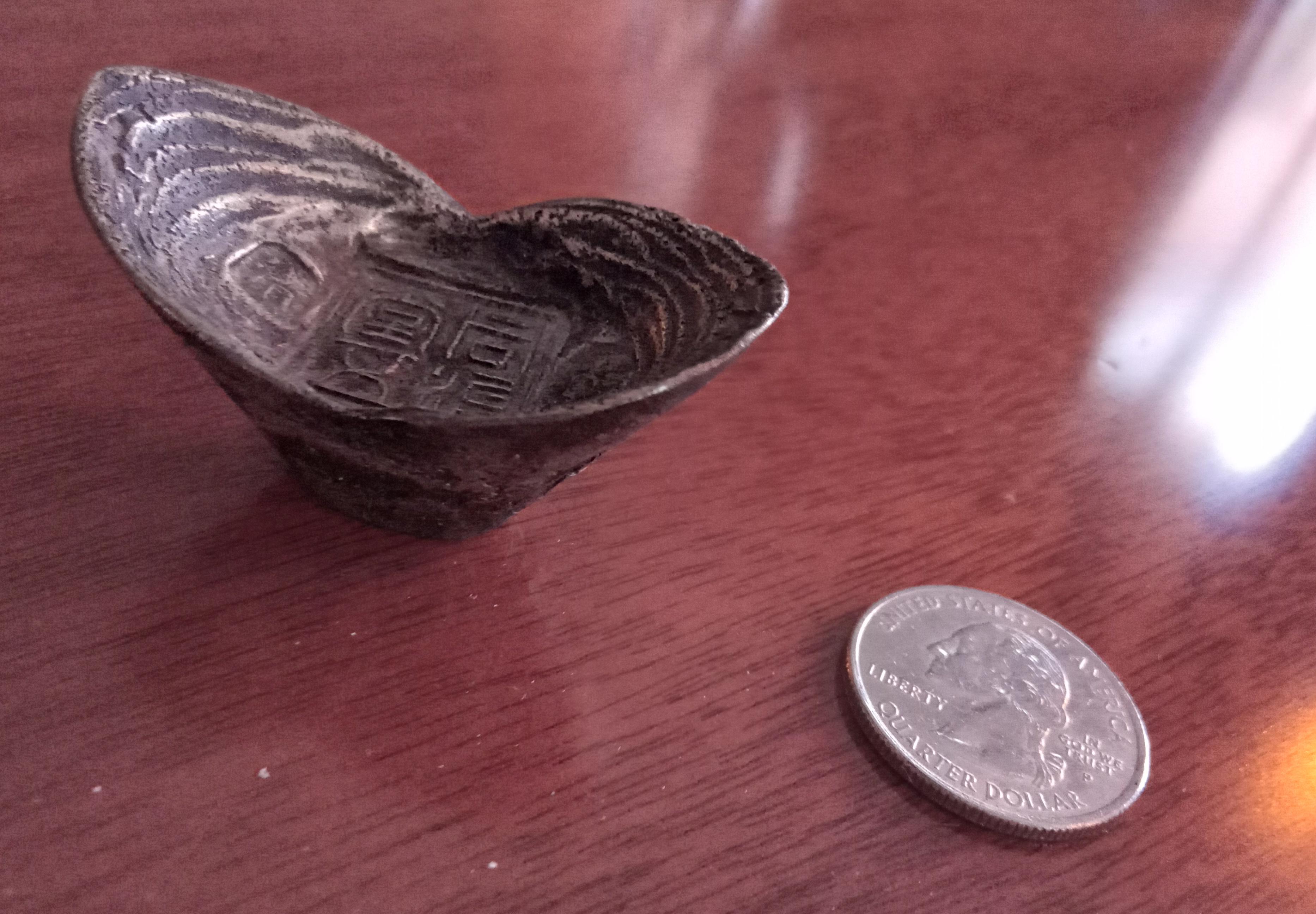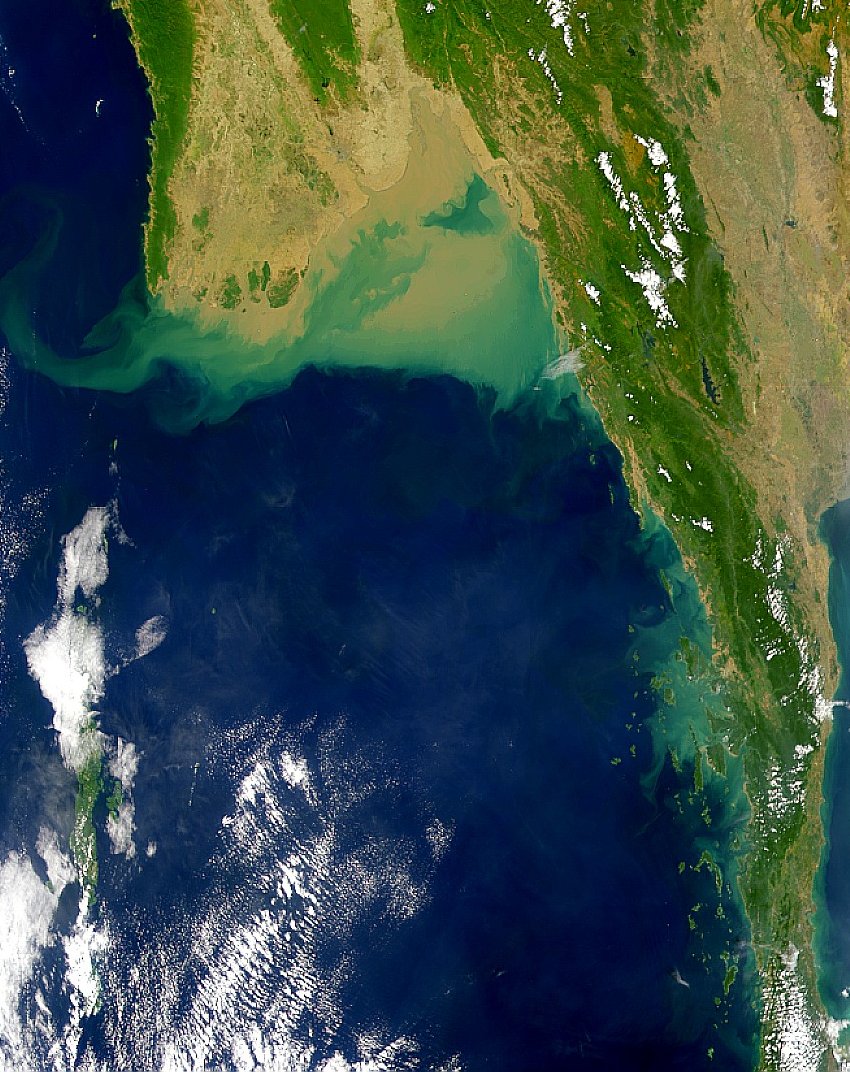|
Kyat (unit)
The ''tical'' is a unit of mass (or weight in the colloquial sense) historically used in Mainland Southeast Asia, particularly in the predecessor states of Myanmar, where it is known as the ''kyat'' (''kyattha''), and of Cambodia and Thailand, where it is known as the ''baht'' (''bat''). It formed the basis of the modern currencies the Myanmar kyat and the Thai baht, as well as the historical Cambodian tical, which were originally valued as the unit's weight of silver. It remains in widespread use in Myanmar, where it is approximately equivalent to , and in the gold trade in Thailand, where it is defined as for bullion and for jewellery. For other uses, the ''baht'' is defined in Thailand as exactly . The unit probably arose from multiple origins. In Burma, it was likely equivalent to the Mon unit ''diṅkel'', which is mentioned in several thirteenth-century inscriptions from northern Thailand and may have originated in India, while in the Khmer Empire, it was probably derive ... [...More Info...] [...Related Items...] OR: [Wikipedia] [Google] [Baidu] |
Gold Shop - Chinatown - Bangkok - Thailand (34712730185)
Gold is a chemical element with the symbol Au (from la, aurum) and atomic number 79. This makes it one of the higher atomic number elements that occur naturally. It is a bright, slightly orange-yellow, dense, soft, malleable, and ductile metal in a pure form. Chemically, gold is a transition metal and a group 11 element. It is one of the least reactive chemical elements and is solid under standard conditions. Gold often occurs in free elemental (native state), as nuggets or grains, in rocks, veins, and alluvial deposits. It occurs in a solid solution series with the native element silver (as electrum), naturally alloyed with other metals like copper and palladium, and mineral inclusions such as within pyrite. Less commonly, it occurs in minerals as gold compounds, often with tellurium (gold tellurides). Gold is resistant to most acids, though it does dissolve in aqua regia (a mixture of nitric acid and hydrochloric acid), forming a soluble tetrachloroaurate anion. Gold i ... [...More Info...] [...Related Items...] OR: [Wikipedia] [Google] [Baidu] |
Tael
Tael (),"Tael" entry at the OED Online. also known as the tahil and by other names, can refer to any one of several weight measures used in and . It usually refers to the Chinese ... [...More Info...] [...Related Items...] OR: [Wikipedia] [Google] [Baidu] |
Economic History Of Cambodia
Cambodia was a farming area in the first and second millennia BC. States in the area engaged in trade in the Indian Ocean and exported rice surpluses. Complex irrigation systems were built in the 9th century. The French colonial period left the large feudal landholdings intact. Roads and a railway were built, and rubber, rice and corn grown. After independence Sihanouk pursued a policy of economic independence, securing aid and investment from a number of countries. Bombing and other effects of the war during the Vietnam War damaged rice production. Lon Nol had a policy of liberalising the economy. This was followed by the victory of the Khmer Rouge and the emptying of the cities. After the defeat of the Khmer Rouge, a Five Year Plan was adopted, aiming to improve agriculture, industry and distribution, with a slogan of "export and thrift". Today, Cambodia remains a largely agricultural economy and industrial development is slow. Pre-colonial economy Cambodia is not a mixed e ... [...More Info...] [...Related Items...] OR: [Wikipedia] [Google] [Baidu] |
Customary Units Of Measurement
Custom, customary, or consuetudinary may refer to: Traditions, laws, and religion * Convention (norm), a set of agreed, stipulated or generally accepted rules, norms, standards or criteria, often taking the form of a custom * Norm (social), a rule that is socially enforced * Customary law or consuetudinary, laws and regulations established by common practice * Customary (liturgy) or consuetudinary, a Christian liturgical book describing the adaptation of rites and rules for a particular context * Custom (Catholic canon law), an unwritten law established by repeated practice * Customary international law, an aspect of international law involving the principle of custom * Mores * Tradition * Minhag (pl. minhagim), Jewish customs * ʿUrf (Arabic: العرف), the customs of a given society or culture Import-export * Customs, a tariff on imported or exported goods * Custom house Modification * Modding * Bespoke, anything commissioned to a particular specification * Custom car * Cu ... [...More Info...] [...Related Items...] OR: [Wikipedia] [Google] [Baidu] |
Units Of Mass
Mass is an intrinsic property of a body. It was traditionally believed to be related to the quantity of matter in a physical body, until the discovery of the atom and particle physics. It was found that different atoms and different elementary particles, theoretically with the same amount of matter, have nonetheless different masses. Mass in modern physics has multiple definitions which are conceptually distinct, but physically equivalent. Mass can be experimentally defined as a measure of the body's inertia, meaning the resistance to acceleration (change of velocity) when a net force is applied. The object's mass also determines the strength of its gravitational attraction to other bodies. The SI base unit of mass is the kilogram (kg). In physics, mass is not the same as weight, even though mass is often determined by measuring the object's weight using a spring scale, rather than balance scale comparing it directly with known masses. An object on the Moon would weigh ... [...More Info...] [...Related Items...] OR: [Wikipedia] [Google] [Baidu] |
Thai Units Of Measurement
Thailand adopted the metric system on 17 December 1923.Minutes of the 7th General Conference on Weights and Measures 1927, page 69 However, old Thai units are still in common use, especially for measurements of land. Before , the traditional system of measurement used in employed . Some of these units are still in use, albeit standardised to SI/metric measur ... [...More Info...] [...Related Items...] OR: [Wikipedia] [Google] [Baidu] |
Cambodian Units Of Measurement
A number of units of measurement have been used in Cambodia to measure length, mass, volume, etc. The metric system has been compulsory there since 1914. System before metric system Length Several units were used to measure length. One muoi (or mot thuoc) was equal to 1 metre. Some other units are given below:. 1 phyeam = 2 muoi = 2 m 1 sen = 20 phyeam = 40 muoi = 40 m 1 yoch = 400 sen = 16,000 muoi = 16 km Cham am The cham am is a unit of length, used during the 18th–20th century in Cambodia. It is equivalent to 12 ''thneap'' or . Thneap The thneap is a unit of length, used during 18th – 20th century in Cambodia. It is equal to ''cham am'', cm or about 20.8333 mm.World Weights and Measures: Handbook for Statisticians. United Nations Statistical Office, 1955, p42/ref> Weight Several units were used to measure mass. One muoi (mot dong can tay) was equal to 0.600 kg. Some other units are given below: 1 lin = muoi = 22.5 g 1 hun = 10 lin = muoi ... [...More Info...] [...Related Items...] OR: [Wikipedia] [Google] [Baidu] |
Burmese Units Of Measurement
The traditional Burmese units of measurement were a system of measurement used in Myanmar (also known as Burma). According to the 2010 CIA Factbook, Myanmar is one of three countries that have not adopted the International System of Units (SI) metric system as their official system of weights and measures. However, in June 2011, the Burmese government's Ministry of Commerce began discussing proposals to reform the measurement system in Burma and adopt the metric system used by most of its trading partners, and in October 2013, Pwint San, Deputy Minister for Commerce, announced that the country was preparing to adopt the metric system. Burmese government web pages in English use imperial and metric units inconsistently. For instance, the Ministry of Construction uses miles to describe the length of roads and square feet for the size of houses, but square kilometres for the total land area of new town developments in Yangon City. The Ministry of Agriculture uses acres for land ... [...More Info...] [...Related Items...] OR: [Wikipedia] [Google] [Baidu] |
Andaman Sea
The Andaman Sea (historically also known as the Burma Sea) is a marginal sea of the northeastern Indian Ocean bounded by the coastlines of Myanmar and Thailand along the Gulf of Martaban and west side of the Malay Peninsula, and separated from the Bay of Bengal to its west by the Andaman Islands and the Nicobar Islands. Its southern end is at Breueh Island just north of Sumatra, with the Strait of Malacca further southeast. Traditionally, the sea has been used for fishery and transportation of goods between the coastal countries and its coral reefs and islands are popular tourist destinations. The fishery and tourist infrastructure was severely damaged by the 2004 Indian Ocean earthquake and tsunami. Geography Location The Andaman Sea, which extends over 92°E to 100°E and 4°N to 20°N, occupies a very significant position in the Indian Ocean, yet remained unexplored for long period of time. To the south of Myanmar, west of Thailand, and north of Indonesia, this sea is ... [...More Info...] [...Related Items...] OR: [Wikipedia] [Google] [Baidu] |
Ayutthaya Kingdom
The Ayutthaya Kingdom (; th, อยุธยา, , IAST: or , ) was a Siamese kingdom that existed in Southeast Asia from 1351 to 1767, centered around the city of Ayutthaya, in Siam, or present-day Thailand. The Ayutthaya Kingdom is considered to be the precursor of modern Thailand and its developments are an important part of the History of Thailand. The Ayutthaya Kingdom emerged from the mandala of city-states on the Lower Chao Phraya Valley in the late fourteenth century during the decline of the Khmer Empire. After a century of territorial expansions, Ayutthaya became centralized and rose as a major power in Southeast Asia. Ayutthaya faced invasions from the Toungoo dynasty of Burma, starting a centuries' old rivalry between the two regional powers, resulting in the First Fall of Ayutthaya in 1569. However, Naresuan ( 1590–1605) freed Ayutthaya from brief Burmese rule and expanded Ayutthaya militarily. By 1600, the kingdom's vassals included some city-states in t ... [...More Info...] [...Related Items...] OR: [Wikipedia] [Google] [Baidu] |
Unit Of Measurement
A unit of measurement is a definite magnitude of a quantity, defined and adopted by convention or by law, that is used as a standard for measurement of the same kind of quantity. Any other quantity of that kind can be expressed as a multiple of the unit of measurement. For example, a length is a physical quantity. The metre (symbol m) is a unit of length that represents a definite predetermined length. For instance, when referencing "10 metres" (or 10 m), what is actually meant is 10 times the definite predetermined length called "metre". The definition, agreement, and practical use of units of measurement have played a crucial role in human endeavour from early ages up to the present. A multitude of systems of units used to be very common. Now there is a global standard, the International System of Units (SI), the modern form of the metric system. In trade, weights and measures is often a subject of governmental regulation, to ensure fairness and transparency. ... [...More Info...] [...Related Items...] OR: [Wikipedia] [Google] [Baidu] |
.jpg)




_of_Wat_Phra_Si_Sanphet.jpg)
